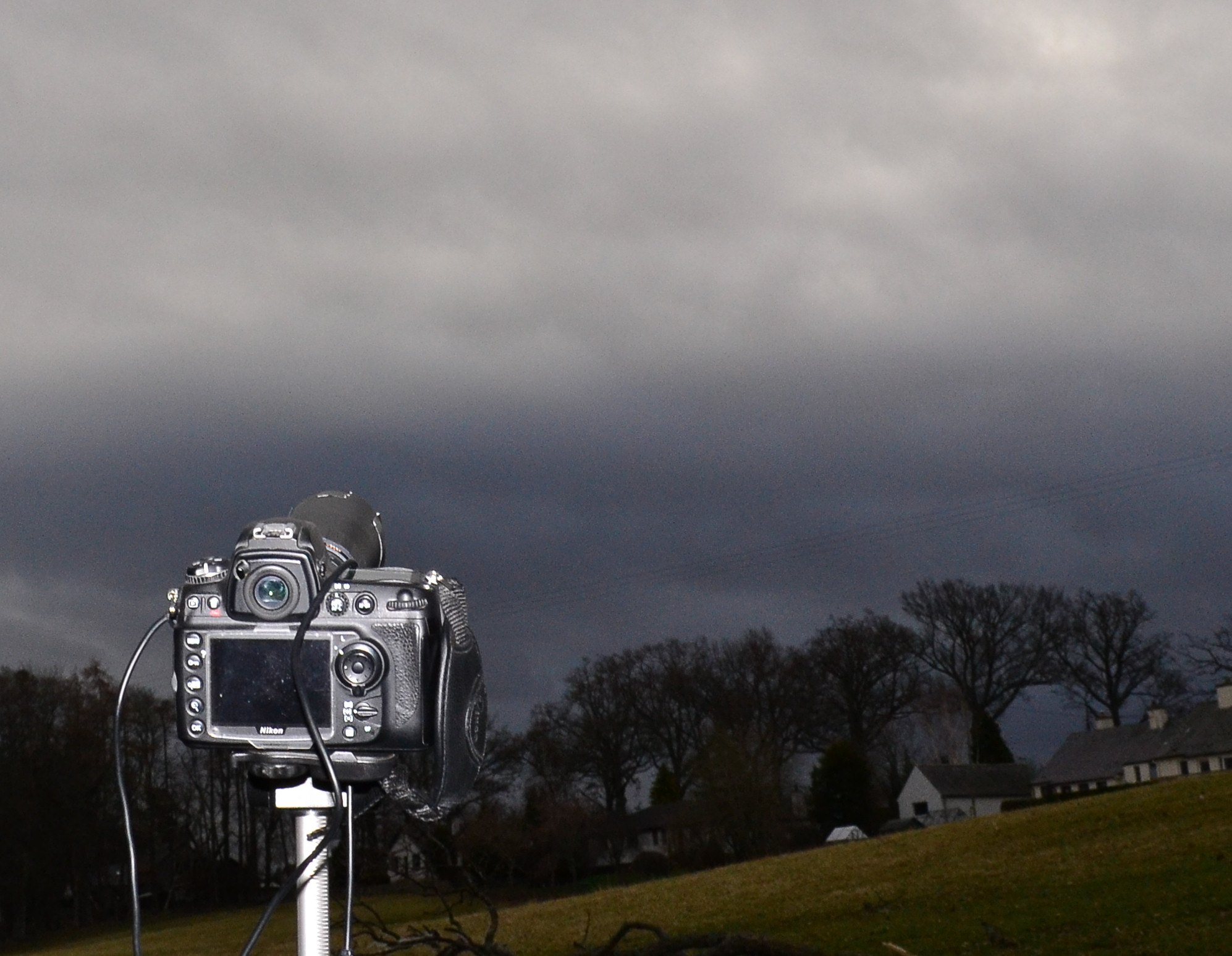I hadn't considered using a NIR-pass filter and astro-type camera for meteors. I have done some moderately successful lucky-photography of random meteors with a wide angle lens and several-second exposures, however as the
light pollution in my area is terrible (and getting worse thanks to all the white LED lighting that you can't filter out like you could with yellow sodium), I am severely limited in terms of the exposure duration.
All of this is of course way off-topic for thermal imaging, but what the heck: you can only be banned once...
There's a
partial eclipse of the sun tomorrow (10 June 2021) and I'm planning to try to photograph that in the visible spectrum with a 400mm prime lens and x2 teleconverter on a Nikon D850. We'll see what happens.
The last decent eclipse I was able to experience was 97%, during an insanely busy time in 2015. I drove 500 miles
after work to be as far towards totality as I could manage; at home it would only have been a much less-dramatic 85%. The
path of totality was mostly over sea and I don't have the financial clout to charter a boat (and not only is my aeroplane not really suitable for flying over open water, its last Permit to Fly expired in 2008).
This is one of the best images I managed, taken about 15 minutes before maximum on a Nikon D700 with the same 400mm lens (but no teleconerter).

Why? Well, in the few minutes before the critical moment the clouds rolled in. This was my view at the time of eclipse maximum:

A thousand miles for nothing

If I get time I will try photographing tomorrow's partial eclipse with a full-spectrum camera and near-IR filter, just to see what happens.